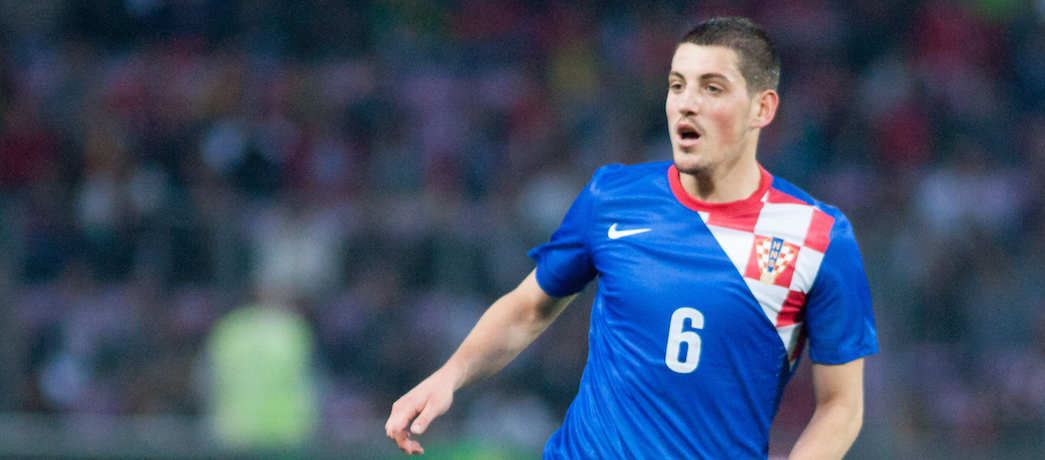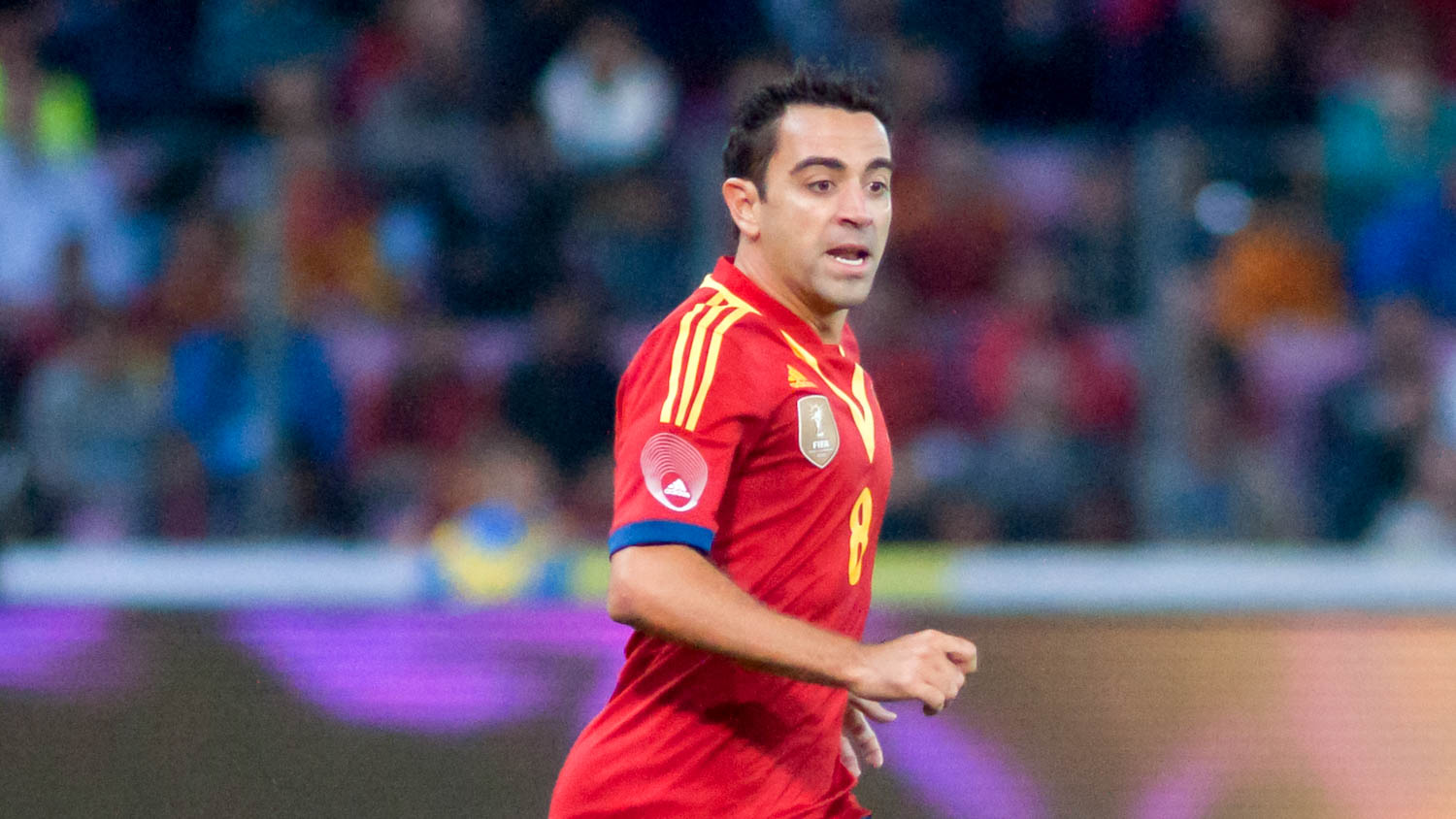At Inter, Inzaghi and Ausilio continue to reject the ball inside each other’s pitch, with the former clamoring for a 5th striker to be included in the squad and the latter reiterating the non-necessity of buy it from the market. All of this, however, without ever denying that Albert Gudmundsson, Genoa’s revelation striker this season, is truly appreciated by everyone in the club, even by the sporting director himself who today denies the deal. With the rossoblù club the only way forward today is a “Frattesi-style” operation which, just as happened with Sassuolo with the Italian midfielder, could also be convenient for the Genoese club itself.
THE “FRATTESI FORMULA” – To understand why it is convenient for Genoa, however, we must first explain this particular formula used by Inter to bring the Italian midfielder born in 1999 to the Nerazzurri. The deal between the Nerazzurri and Sassuolo was concluded last summer and made official on the 8th July with this formula: 6 million euro loan with redemption obligation conditional on 27 million plus 5 million bonus. Looking further into the financial statements of the Nerazzurri club which ends on 30 June 2023 and approved in October, the conditions emerged which led to triggering the obligation and therefore causing Sassuolo to realize a significant capital gain in the budget: “The agreement valid for the 2023-24 sports season, provides for the Parent Company to be obliged to make a definitive purchase upon the occurrence of certain conditions after the date of 2 February 2024”. That condition was the first point made by the club after that date and the final figure will exceed 38 million between fixed portion and bonus.
This page contains affiliate links. When you sign up for a subscription through these links, we will receive a commission. Genoa-Sassuolo live on DAZNWATCH ON DAZN THE DATE OF FEBRUARY 2 – Why is this transfer ploy so often used by the Nerazzurri club? Inter often postpones, in deals concluded on loan and especially on Italian soil, the date of the official redemption of a conditional obligation beyond the close of the winter transfer window. The reason is on the one hand linked to the desire/need to keep the cost of the price tag low on an annual basis in the “internal market”, on the other it gives the company the possibility of also postponing the calculation of depreciation on the next financial statement and, therefore, to keep the impact of the purchase on the annual cost of the squad limited.
WHY IS IT SUITABLE FOR GENOA? – But why can this formula, which seems advantageous only for the Nerazzurri club, also be suitable for Genoa in the hypothetical Gudmundsson deal? The answer lies precisely in that date 2 February and in the particular type of Grifone’s balance sheet which, just like Sassuolo, closes its accounts not in June following the progress of the sporting year, but on 31 December following the calendar year. Last year, Genoa also launched a debt restructuring plan in 10 years with the treasury at increasing figures of 70 million euros and, in fact, finds itself in the position of having to generate profits on an annual basis to continue this route without a hitch.
POSTPONED PROFIT – One super transfer per year is therefore the basic idea that carries forward the Genoa market, but not on a sporting year, but on a calendar year. This is no small detail given that the rossoblù club already made a huge profit last January with the sale of Radu Dragusin to Tottenham for 24 million euros plus 6 million in bonuses plus Spence in return. In fact, in this calendar year 2024, Genoa is no longer in the position of having to generate income, but of being able to do so. Conversely, in the year 2025 the situation could recur unless the property intervenes differently. And this is where the “Frattesi formula” comes into play for Inter.
VIABLE IDEA – Inter, guaranteeing the redemption obligation conditional on the first point after the closure of the 2024/25 winter transfer market, would in fact move the redemption and therefore the disbursement and therefore the capital gain to be recorded in the balance sheet to the 2025 calendar year of Genoa which would no longer be the one that closes on 31 December 2024 (that of Dragusin) but the following one which will close on 31 December 2025. By also inserting a technical counterpart in the deal the Nerazzurri club would also guarantee the “credit” in the accounts Lega Serie A market in order to have the green light to pay the initial loan and set the price of the redemption, on any paper, as close as possible to the figures requested by Genoa. Is there a plan, will Inter really want to follow it?

















